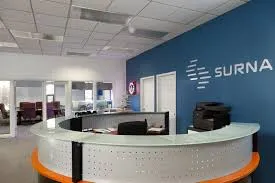Surna growing its footprint as more cannabis growhouses come online

BOULDER — Surna Inc. (OTCQB: SRNA) has been in the business of helping growers with cannabis for years, ever since the company started by husband-and-wife team Stephen and Brandy Keen in their Austin garage.
Since those early days — when the Keens were actually growing palm trees — Surna has grown as one of the leaders for indoor growth equipment and solutions in the c

annabis…
THIS ARTICLE IS FOR SUBSCRIBERS ONLY
Continue reading for less than $3 per week!
Get a month of award-winning local business news, trends and insights
Access award-winning content today!
